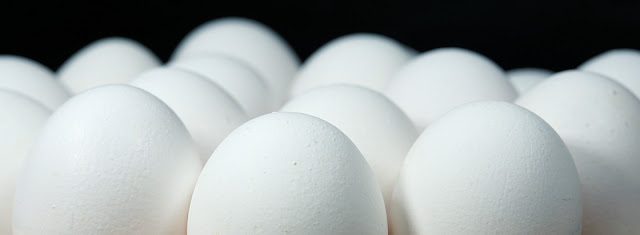Catherine McDiarmid-Watt |
Tuesday, March 19, 2019 |
0
comments

A research team supervised by Universite Laval scientist Marc-Andre Sirard has identified genetic markers that allow the selection of eggs with the best chance of leading to successful pregnancy after in vitro fertilization (IVF).
This finding could both increase the success rate of single embryo transfer and diminish the risk of multiple pregnancies.
The details of the method developed by the researchers, for which an international patent application has been filed, are explained on the website of the scientific journal Human Reproduction.
Eggs recovered in the course of the IVF process are surrounded by follicular cells removed before the actual fertilization procedure begins. While in the ovaries, these cells and the eggs are in very close interaction,
explains Sirard.
A first experiment we conducted on bovine follicular cells led us to believe these cells might possess specific markers that would be able to give us information about the quality of an egg.
With the help of 40 women recruited in a fertility clinic, researchers compared follicular cells surrounding eggs ultimately led to successful pregnancies - i.e. good
eggs - to cells surrounding ovules which did not result in pregnancy.
This comparison led to the identification of five genes expressed more abundantly in follicular cells surrounding good eggs.
Currently, the way to assess which embryos are to be transferred into a woman's uterus is based on visible criteria such as appearance and division rate.
At least 30% of embryos that look normal through visual examination nonetheless show chromosome abnormalities,
explains Professor Sirard, illustrating the limits of this type of assessment.
The method developed by Sirard's team makes it possible to objectively select ovules which have the best chance of success without altering the integrity of the embryos.
This new genomic tool could also solve an ethical problem confronting both fertility clinic doctors and the people who consult them: In order to increase the chances of pregnancy, many embryos are implanted simultaneously into the woman in the hope that at least one will survive.
This procedure along with improved IVF techniques has led to an increase in multiple pregnancies.
Even if doctors now tend to transfer fewer embryos, multiple pregnancies still occur in 30% of couples who resort to IVF in North America and 23% in European couples.
By selecting the embryo with the best potential, it would be possible to limit the number of embryos transferred, and thus the number of multiple pregnancies, while maintaining good success rates,
concludes Marc-André Sirard.
Source: Jean-François Huppé, Université Laval
MedicalNewsToday.com
TODAY'S BOOK SUGGESTION:
 Grade A Baby Eggs: An Infertility Memoir
by Victoria Hopewell
Grade A Baby Eggs: An Infertility Memoir
by Victoria Hopewell
-- Victoria Hopewell was a forty-something divorced clinical psychologist when she met and married a longtime bachelor whose ninety-year-old parents were anxiously waiting for a grandchild.
The problem was, even though Victoria had two young daughters from a previous marriage, her intense desire to create a baby with her new husband was thwarted by her own body.
Her eggs were aging faster than her healthy hormones and youthful appearance would suppose.
Desperate to bear a child, willing to undergo every procedure from Lupron shots through egg harvesting and in vitro fertilization (IVF), she is blocked at every corner of medical protocol from achieving her dream of a successful pregnancy.
Finally, she journeys toward acceptance of using a donor egg, much to the dismay of her growing daughters.
But no eggs are available, and she is placed on a lengthy hospital wait-list. Victoria and her husband then embark on a surrealistic egg hunt to find their own donor.
Follow her insider's account of the hidden world of egg donation-where women's eggs are bought and sold over the internet and a beautiful model with high SATs and a prior successful donation commands the highest prices.
 Paperback:
Paperback: 214 pages
Click to order/for more info:
Grade A Baby Eggs

Start reading
Grade A Baby Eggs on your
Kindle in under a minute!
Don't have a Kindle? Get your Kindle here, or download a
FREE Kindle Reading App.
Category:
chromosomal disorder,
embryo transfer,
follicles,
Genes,
IVF,
Old Eggs
















0 comments